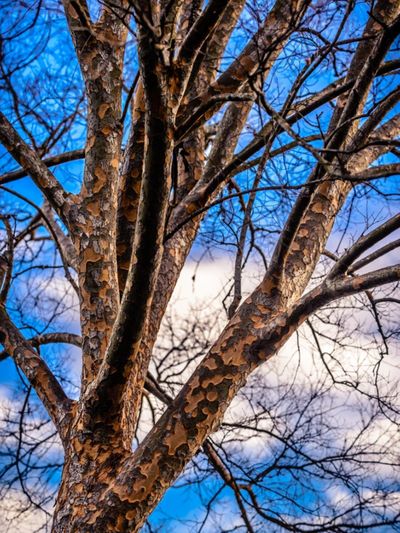Drake Elm Tree Information
When you read up on drake elm tree information, you’ll learn all about the tree’s exceptionally beautiful bark. It is green, gray, orange, and brown, and it exfoliates in small thin plates. The trunk often forks, producing the same vase shape that American elms display. Drake elms (Ulmus parvifolia ‘Drake’) are relatively small trees, generally staying under 50 feet (15 m.) tall. They are deciduous, but they shed leaves late and almost act like evergreens in warmer climates. The leaves of a drake elm are typical to most elm trees, some two inches (5 cm.) long, toothed, and with conspicuous veins. Most drake elm tree information will mention the tree’s small, winged samara/seeds that appear in the spring. The samaras are papery, flat, and even ornamental, drooping in dense and showy clusters.
Drake Elm Tree Care
If you are thinking of how nice your backyard would look with a drake elm tree growing in it, you’ll want to learn about caring for drake elm trees. First of all, remember that the typical drake elm tree grows about 50 feet (15 cm.) tall and 40 feet (12 cm.) wide, so if you have the intention to start drake elm tree growing, provide each tree with an adequate site. Keep in mind that these elms thrive in U.S. Department of Agriculture plant hardiness zones 5 through 9. Planting in a cooler or hotter region may not be a good idea. If you are wondering how to grow a drake elm, it is not difficult if you plant the tree in an appropriate location and provide adequate care. Drake elm tree care includes plenty of sun, so find a full sun planting site. You’ll also want to give the tree adequate water during the growing season. Otherwise, drake elm tree growing is fairly easy. One thing to keep in mind is that drake elms reseed prodigiously. In some areas, drake elms are invasive, escaping cultivation and disrupting native plant populations. If space is lacking or invasiveness is a concern, this tree also makes a great specimen for bonsai plantings.
